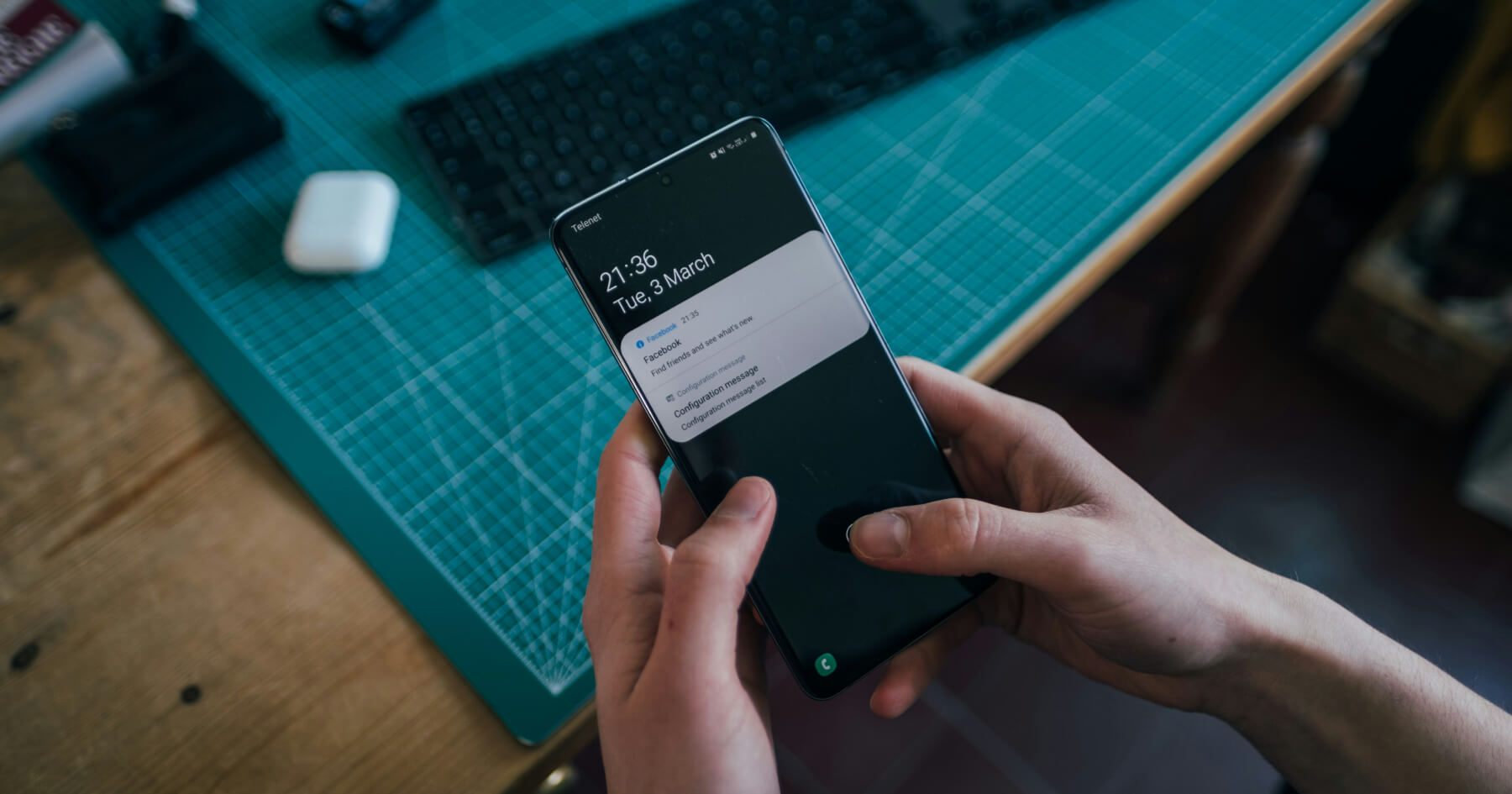How to Reduce Notifications and Improve Focus: A Practical Digital Detox Guide

The Impact of Notifications on Focus
In our daily lives, it’s easy to get distracted by constant notifications from our phones or PCs, causing us to stop whatever task we were working on. Every time a notification pops up, the brain has to shift focus, and it takes time to regain that concentration. Over time, this greatly reduces daily productivity.
I used to struggle with constant notifications myself, but by turning most of them off, I managed to regain my focus.
Benefits of Turning Off Notifications
1. Maintaining Focus
By turning off notifications, you can stay focused without interruptions. This is especially true for social media and messaging apps, which send frequent notifications that often derail concentration. Managing notifications allows you to spend more uninterrupted time on tasks, increasing overall productivity.
2. Reducing Stress
Frequent notifications keep the brain in a constant state of response, which can lead to increased stress. Turning off these alerts helps relieve this stress, allowing for a more relaxed and productive day.
Practical Steps to Adjust Notification Settings
1. Managing Smartphone Notifications
On my smartphone, I’ve turned off almost all notifications. Here’s what I do:
-
LINE: I only keep vibration notifications on. I don’t get any on-screen notifications, so I check messages when I’m ready rather than being interrupted by sound.
-
Slack and Email: I have completely turned off notifications for these on my phone. Unless it’s urgent, I manually check them to avoid disruptions.
These settings have helped me reduce the urge to check my phone and stay focused on my work.
2. Limiting PC Notifications
PC notifications can also be a major distraction, especially for email and chat alerts. Here’s how I handle it:
-
Email client notifications off: I check emails manually when needed. This removes the distraction of real-time alerts.
-
Desktop notification settings: I’ve turned off sounds and pop-up notifications for tools like Slack and other chat apps.
3. Set Specific Times for Checking Notifications
Instead of ignoring notifications completely, it’s helpful to set specific times to check them throughout the day. For me, I check emails and Slack only in the morning, afternoon, and evening.
By setting these specific times, I’m not constantly pulled away from my tasks and can focus on my work.
Practical Steps for Reducing Notifications
iPhone Notification Settings
On iPhones, you can customize notifications for each app. From Settings, go to “Notifications,” and change each app’s alerts to “Banner only” or “No sound.” You can also turn off notification previews, which stops notifications from appearing on your lock screen, reducing distractions.
Android Notification Settings
On Android devices, you can also manage app-specific notifications. Go to Settings → “Apps & Notifications” and customize each app’s notifications to only keep what’s important. The “Notification Channels” feature allows you to filter out specific types of notifications within an app.
Conclusion
Turning off notifications is one of the simplest and most effective ways to improve focus and reduce distractions. By limiting notifications to only what’s necessary, I’ve significantly increased my uninterrupted work time. Take some time to review your smartphone and PC notification settings to find a digital detox solution that works for you!

